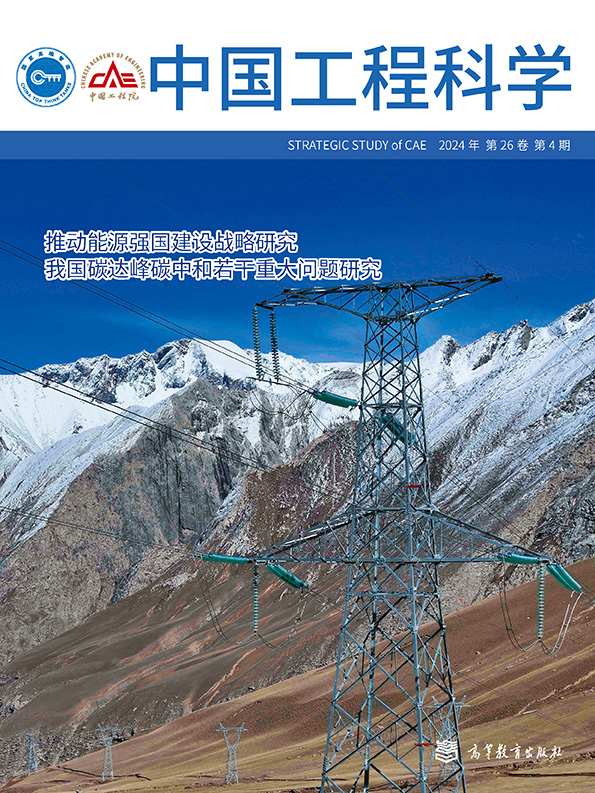Exploring Water-and-Land-Adapted Spatial Layout of Crop Planting in North China
引用次数: 0
Abstract
: North China has specific regional advantages in the overall economic and social development of China, and water resources are the most prominent factor that affects the sustainable development of this region. This study focuses on the land spatial layout of water-and-land-adapted planting in North China. Based on the analysis of agricultural planting structure and water and land resource layout in the current year (2018) of North China, and considering varied population, climate, and socio-economic scenarios and water resource constraints, the study proposes a scheme for optimizing the agricultural planting layout in North China that adapts to local water and land resource conditions. We suggest that the burden on production and supply of commercial grain and other commercial agricultural products in North China should be appropriately reduced. In terms of improving the regional water resource carrying capacity, Hebei Province should alleviate its water shortage through water transfer. Shanxi Province should improve the agricultural water use efficiency through agricultural mechanization and modernization. Shandong Province and Henan Province can moderately fallow the land and improve forest and grass coverage. It is also recommended to optimize the spatial layout of agricultural planting and adjust the planting structure to adapt to water. In shallow groundwater overexploitation areas as well as Tianjin City and the southeast of Hebei Plain where deep groundwater overexploitation is severe, semi-arid land planting systems and structures that adapt to precipitation should be developed, and the specific recuperation period should be determined according to the rate of groundwater recharge.华北水陆相适应作物种植空间布局探索
:华北地区在中国经济社会发展总体中具有特定的区域优势,水资源是影响该地区可持续发展的最突出因素。研究了华北地区水土适应种植的土地空间布局。在分析华北当年(2018年)农业种植结构和水土资源布局的基础上,综合考虑不同人口、气候、社会经济情景和水资源约束条件,提出了适应华北地区水土资源条件的农业种植布局优化方案。建议适当减轻华北地区商品粮食等商品农产品的生产和供给负担。在提高区域水资源承载能力方面,河北省应通过调水来缓解水资源短缺问题。山西省应通过农业机械化和现代化提高农业用水效率。山东省和河南省可以适度休耕,提高林草覆盖率。建议优化农业种植的空间布局,调整种植结构以适应水资源。在浅层地下水超采地区以及深层地下水超采严重的天津市和冀东南平原地区,应发展适应降水的半干旱土地种植制度和结构,并根据地下水补给速率确定具体的回收期。
本文章由计算机程序翻译,如有差异,请以英文原文为准。
求助全文
约1分钟内获得全文
求助全文
来源期刊
自引率
0.00%
发文量
4428
期刊介绍:
"Strategic Study of CAE" is supervised by the Chinese Academy of Engineering, hosted by the Strategic Consulting Center of the Chinese Academy of Engineering and Higher Education Press Limited Company, and published by the Strategic Study of CAE Editorial Department. This journal is one of the "1+9+1" series of journals of the Chinese Academy of Engineering, and its editorial board is the Consulting Working Committee of the Chinese Academy of Engineering.
This bimonthly journal is published in Chinese. It is a core Chinese journal and a core journal of Chinese science and technology, included in the Chinese Science Citation Database (CSCD), the Japan Science and Technology Agency (JST) database, and the Swedish DOAJ database.
The journal is positioned as an academic journal for strategic consulting in engineering and technology, mainly publishing academic papers that reflect the results of strategic consulting research in China's engineering and technology. It aims to provide counsel for the government's scientific decision-making, guidance for the industry's scientific development, and references for related academic research.

 求助内容:
求助内容: 应助结果提醒方式:
应助结果提醒方式:


